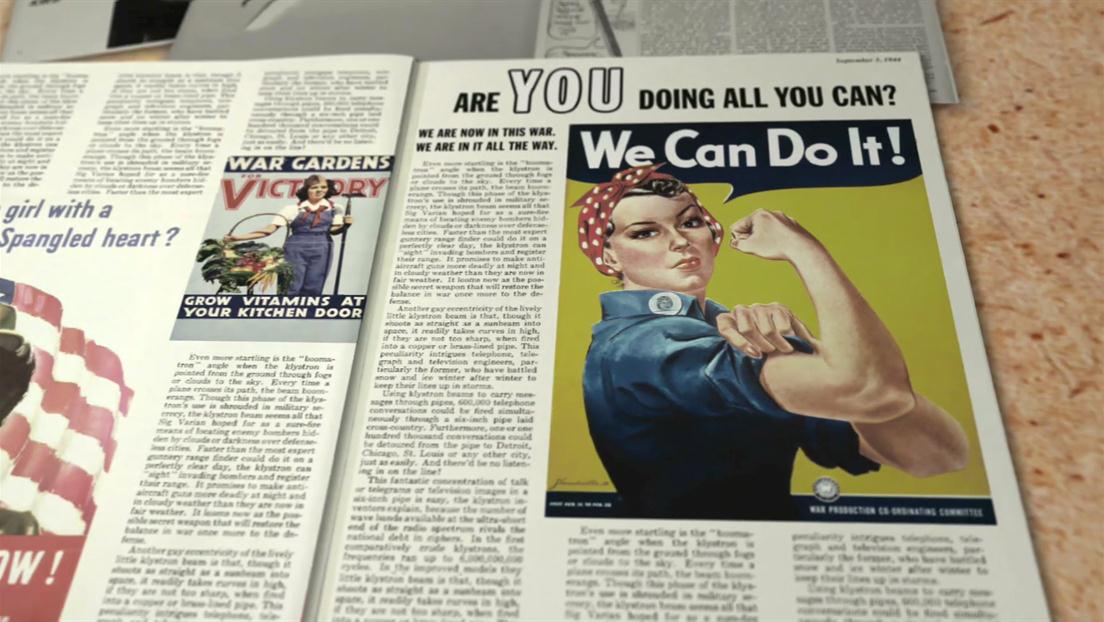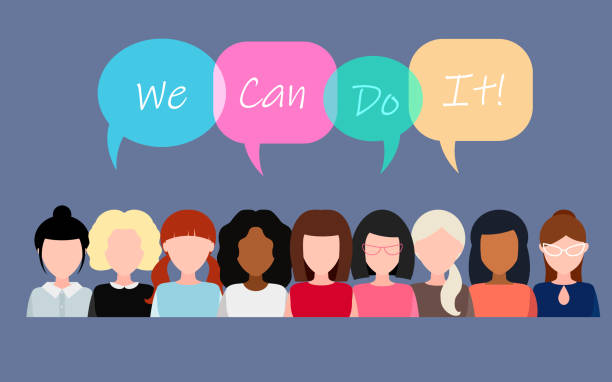Rosie the Riveter stands as one of the most iconic cultural symbols in American history. Emerging during World War II, her image—a determined woman rolling up her sleeves under the slogan “We Can Do It!”—became a powerful representation of female strength, independence, and contribution. Rosie’s story is not just about wartime labor; it is about breaking barriers, changing perceptions, and inspiring generations of women to embrace their potential.

1. The Origins of Rosie the Riveter
The story of Rosie the Riveter is rooted in the unique circumstances of World War II.
Historical Context
As the United States entered the war in 1941, millions of men left their jobs to fight on the battlefront, creating a massive labor shortage in industries critical to the war effort. Factories producing planes, ships, ammunition, and other wartime supplies faced a daunting challenge: how to keep up with demand when their workforce was significantly reduced?
Women Answer the Call
To fill this gap, the U.S. government launched an unprecedented campaign encouraging women to join the workforce. For many women, this was their first opportunity to work outside the home, and they took on roles traditionally held by men. They became welders, riveters, machinists, and assembly line workers, stepping into jobs that required physical strength, technical skills, and resilience.
The Birth of Rosie the Riveter
The name „Rosie the Riveter“ originated from a popular song released in 1942. The lyrics celebrated the hardworking women who supported the war effort, with Rosie representing every woman who picked up a wrench or hammer to do her part. The image of Rosie we recognize today—a strong, confident woman flexing her arm—was created by artist J. Howard Miller for a Westinghouse Electric Corporation poster. Originally intended as workplace motivation, it quickly became a symbol of empowerment.

2. Rosie’s Influence on Popular Culture
Rosie the Riveter was more than just a wartime mascot; she became a cultural phenomenon.
The Iconic Image and Slogan
The poster featuring Rosie with the words “We Can Do It!” captured the spirit of the times. Her determined gaze and rolled-up sleeves conveyed a message of empowerment, resilience, and capability. The slogan was a rallying cry, encouraging women to believe in their abilities and take pride in their work.
Rosie in Media and Propaganda
Beyond the poster, Rosie became a prominent figure in songs, movies, and advertisements. She represented the ideal war worker—patriotic, hardworking, and unafraid of challenges. Her image was widely circulated, inspiring countless women to step into roles they had never imagined for themselves.
![]()
3. The Modern Legacy of Rosie the Riveter
Rosie’s impact did not end with the war; her legacy continues to resonate in today’s fight for gender equality.
Driving the Women’s Rights Movement
The war showed that women were just as capable as men in the workplace, challenging long-standing gender roles. After the war, many women were expected to return to their domestic roles, but the seeds of change had been planted. Rosie became a symbol for the women’s rights movement of the 1960s and 1970s, representing the fight for workplace equality and fair treatment.
A Shift in Social Attitudes
Rosie helped change how society viewed women’s roles. She proved that women could excel in fields traditionally dominated by men and paved the way for future generations to pursue careers in science, technology, engineering, and other male-dominated industries.
Honoring the Women of World War II
Rosie also serves as a tribute to the millions of women who worked tirelessly during the war, many of whom faced challenging conditions, long hours, and skepticism from their male colleagues. Their efforts were crucial to the Allied victory, and their contributions are now recognized as an essential chapter in history.

3. Conclusion
Rosie: A Timeless Symbol
From her wartime origins to her modern-day significance, Rosie the Riveter remains a powerful symbol of strength, determination, and equality. She represents the countless women who proved that they were capable of much more than society had given them credit for.
The Enduring Message of “We Can Do It!”
Rosie’s story is a reminder that strength comes in many forms, and differences in gender, race, or background should never limit one’s potential. Her iconic slogan continues to inspire women to rise above challenges, embrace their unique abilities, and achieve greatness in every aspect of life.
As we look back on the legacy of Rosie the Riveter, her story reminds us that change often starts with small acts of courage. Whether during wartime or in the everyday battles of modern life, Rosie’s unwavering spirit remains a beacon of hope and empowerment for women around the world.
